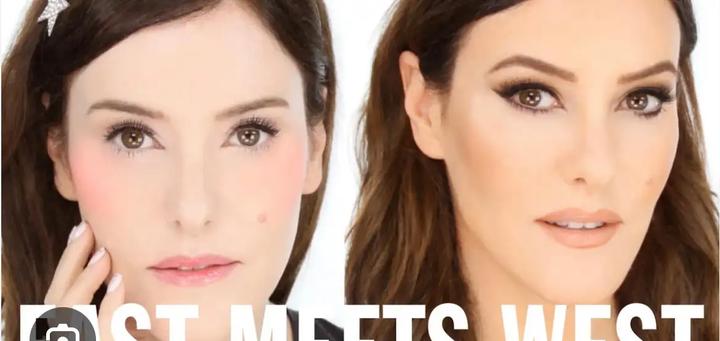Eastern Beauty Standards Meet Western Faces
An exploration of how Caucasian features interact with traditional Chinese makeup techniques, examining cultural aesthetics, historical context, and the growing trend of cross-cultural beauty practices in modern society.

The intersection of Eastern and Western beauty standards has become increasingly fascinating in today’s interconnected world. The question of how Caucasian features would harmonize with traditional Chinese makeup techniques opens up a rich discussion about cultural aesthetics and beauty ideals.
Historical records provide intriguing examples of cross-cultural beauty exchanges. In China’s film industry, there are documented cases of Western actresses adopting Chinese beauty standards. A notable example occurred 44 years ago at the Emei Film Studio, where an Italian actress married to American star John Malkovich embraced Chinese aesthetic traditions for her role.
Professional makeup artists have conducted extensive studies on these cultural differences. British makeup artist Lisa Eldridge has demonstrated the stark contrasts between East Asian and Western makeup techniques. The fundamental differences stem from distinct facial features - Western faces typically have deeper-set eyes and more pronounced bone structure, while East Asian features often have different eye shapes and facial contours.
Many beauty experts, including renowned makeup artist Raven Xi, note that Western makeup techniques often focus on enhancing depth and shadows, particularly around the eyes. These techniques, when applied to Asian features, can create different effects than intended. Conversely, traditional Chinese makeup emphasizes creating a luminous, refined appearance with techniques that might not translate directly to Western facial features.
The popularity of Chinese historical dramas and cosplay has influenced modern interpretations of traditional Chinese makeup. Notable cosplayer Kalina from Ukraine has demonstrated how dramatic transformations can be achieved by applying Chinese-style makeup techniques to Western features. Her work showcases how different facial structures respond to various makeup approaches.
Modern social media platforms have become testing grounds for this cultural exchange. Videos showing Caucasian individuals experimenting with traditional Chinese makeup techniques have garnered significant attention. These transformations often involve specific techniques like elongating the eyes, creating a soft, rounded appearance, and applying blush in traditional Chinese patterns.
The success of these cross-cultural makeup applications often depends on understanding and respecting the philosophical differences between Eastern and Western beauty ideals. While Western makeup traditionally emphasizes contour and dimension, Chinese makeup historically focused on creating a smooth, radiant complexion symbolizing youth and vitality.
Recent trends show a growing appreciation for combining elements from both traditions. Professional makeup artists are developing new techniques that honor traditional Chinese beauty standards while adapting them for different facial features. This fusion creates unique and striking results that challenge conventional beauty norms.
The cultural exchange in makeup techniques represents more than just aesthetic choices - it reflects broader trends in global cultural integration. When done with understanding and respect, these cross-cultural beauty practices can celebrate diversity while creating new forms of artistic expression in the beauty industry.